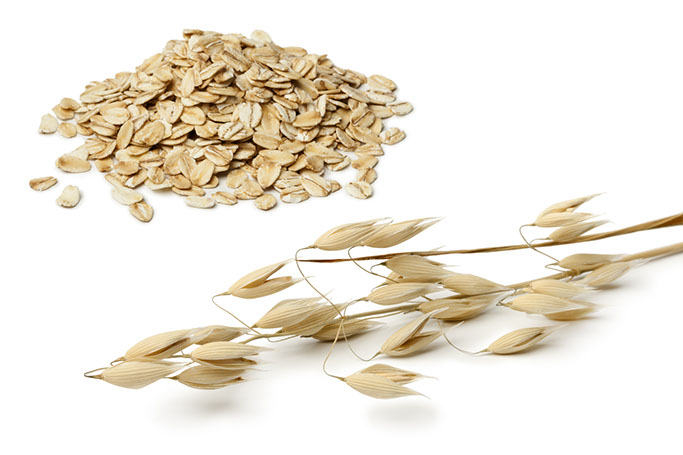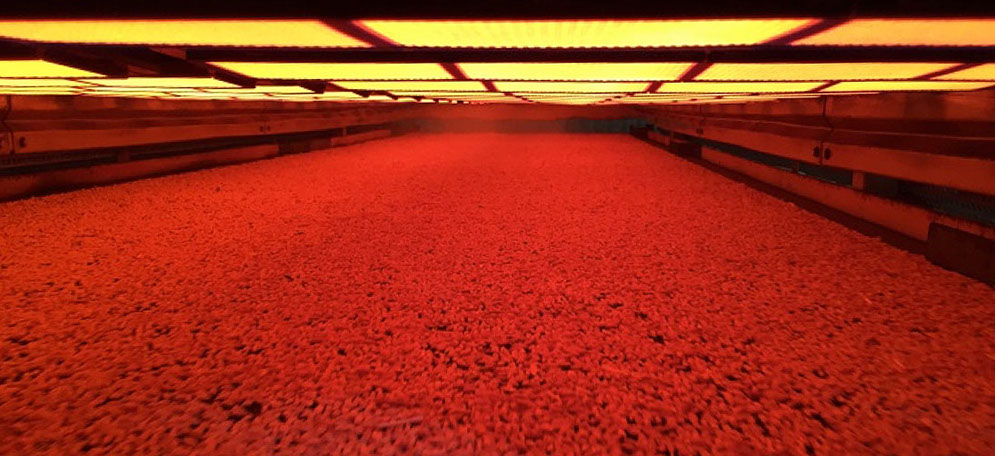Our Process

Grains and Pulses have always played an important part in a balanced nutrition. However, in the raw state grains and pulses contain an inaccessible starch structure, which is indigestible. To open up the nutrients, the starch must be processed into smaller components “glucose” molecules known as gelatinized starch.
Various methods have been used to try and achieve the above objective such as cracking, crimping, grinding, milling, steam heating, flaking and extruding with more or less success. More recently micronizing has had greater success than the alternate processes mentioned earlier. The problem with some of these processes is that while digestibility in the small intestine is increased to varying degrees, it is often done at the expense of other nutritional factors such as protein & vitamin absorption. Micronizing on the other hand not only increases the digestibility of cereal grains substantially but does so without compromising the nutritional integrity of these feeds.
The Importance of Quality Grains
The equine digestive system is a complex and sensitive process, easily disrupted by the influences of foreign matter, molds & toxins commonly found in unprocessed feed stocks. Being unable to regurgitate or vomit, once ingested they remain in the digestive tract, creating a potential microbial imbalance in the cecum, leading to colic, a leading cause of death in equines.
For these reasons, Robank® grains are strictly quality controlled, stored under optimum conditions and vigorously inspected throughout each step of our production process, to mitigate these risks and provide you with the ongoing confidence you’ve come to expect from our quality equine feed products.
The Micronising Process
The Micronizing process makes use of a narrow band within the infrared spectrum with a wavelength of between 1.7 and 3.4. Travelling at the speed of light, infra-red energy is extremely efficient at generating heat inside absorbent materials, by causing the constituent molecules to vibrate at a frequency of 80 –170 million megacycles per second.
The result is inter-molecular friction which brings about rapid internal heating and a rise in water vapour pressure (This must not be confused with microwave cookers, which use a higher wavelength). Micronizing is a highly reliable and consistent “SHORT TIME, HIGH TEMPERATURE” patented process using humidity, temperature and mechanical pressure to achieve high levels of starch gelatinisation and the elimination of any anti-nutritional factors.

The micronizing process ensures the grains become soft and manageable, and then immediate flaking gelatinises the starches in the grains. This ensures the feed is rapidly absorbed in the small intestine and therefore converted into energy in a more efficient manner. Immediate rolling or flaking enhances digestibility and nutritional value.
